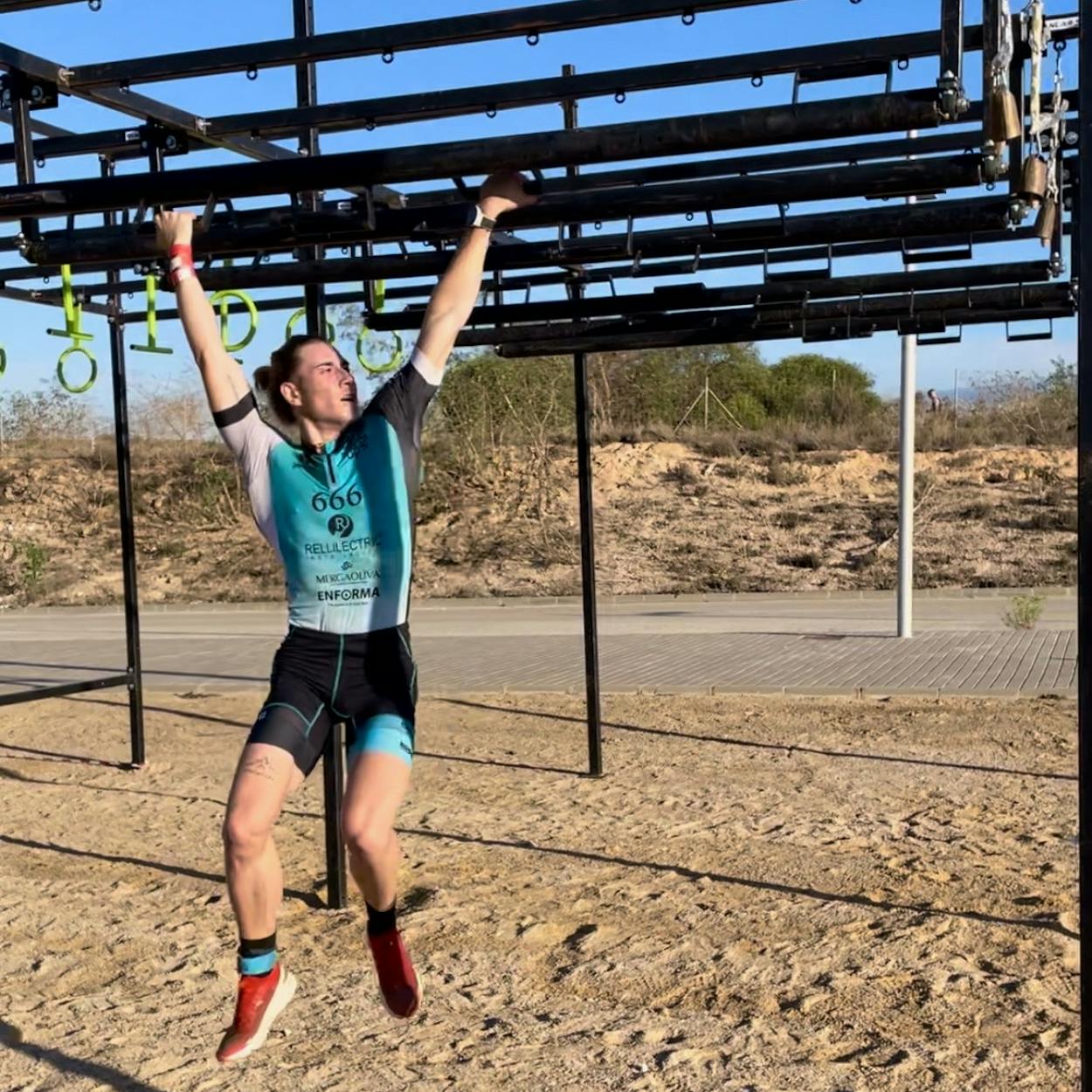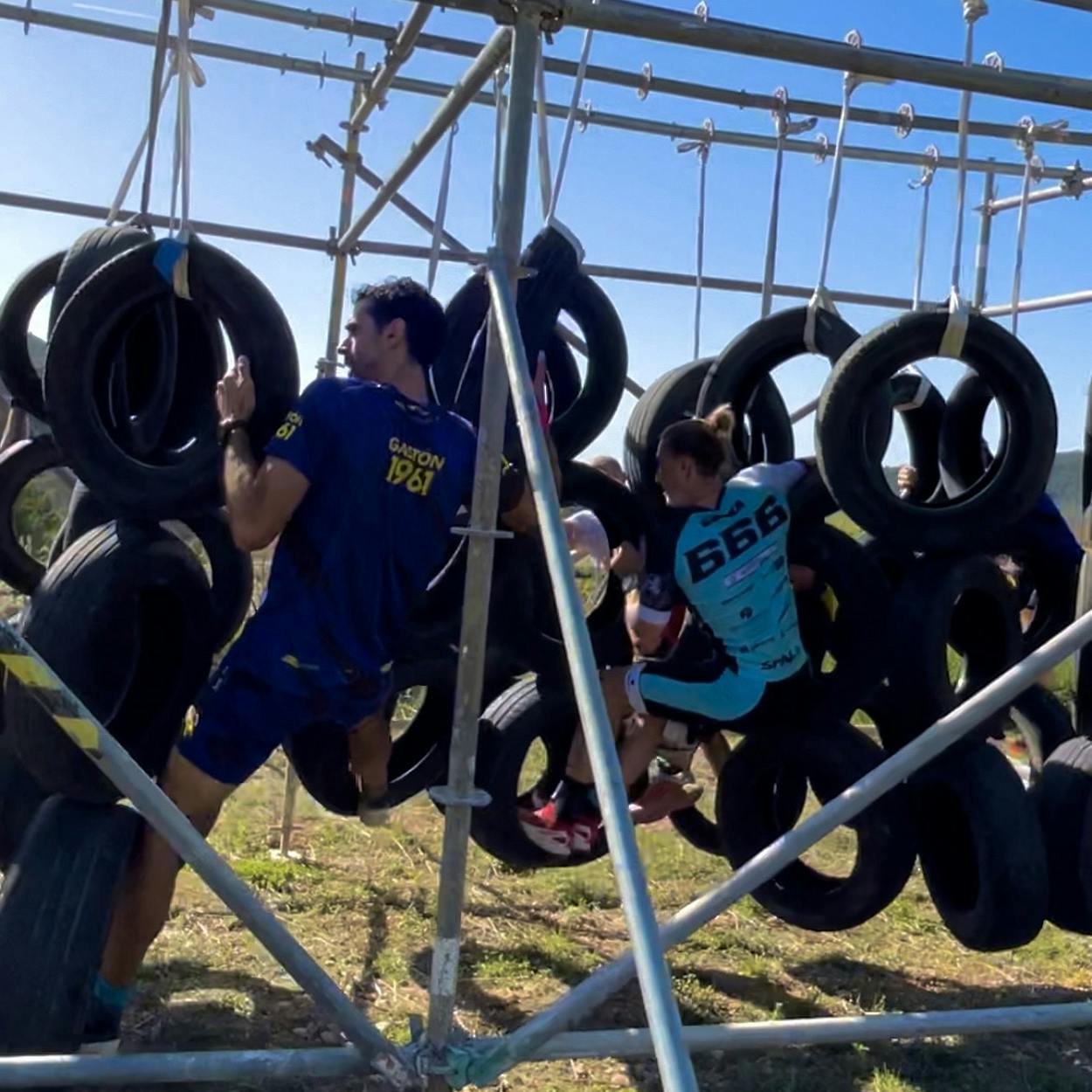
All you need to know about obstacle course racing (OCR)
Have you ever heard of OCR races? OCR is the acronym for Obstacle Course Racing, a type of race in which participants have to overcome a series of obstacles or challenges throughout its course. Some of them involve crawling through the floor, climbing up a rope or carrying heavy objects. Thus, speed and endurance are not the only skills at stake; strength, suspension, accuracy, and balance are also put to test. We were obviously very intrigued about this apparently fun sport and therefore we have gathered every piece of information we could find about OCR. Keep reading to find out.
ㅤ
History
ㅤ
In 1955 Briton Billy Wilson, also known as Mr. Mouse, was conscripted to join the British Army, once a mandatory practice that only stopped taking place in 1960. His experience in military training became the inspiration in 1987 for the creation of what is now known as the first OCR race of all times, the Tough Guy. Tough Guy used to take place at Wilson's farm in Wolverhampton and its last edition was celebrated in 2017. While the use of obstacles in training has existed since times of the Roman Empire and is implemented in every sort of military training, including the admission processes of some American universities, the establishment of Tough Guy marked the birth of this discipline as a competitive or recreational sport.
ㅤ
Since then, we have come a long way. Well into the 21st century we have witnessed the institution of what, after the disappearance of Tough Guy, became the trinity of obstacle course races: the Born Survivor, Tough Mudder, the Spartan Race, and the Warrior Dash. The popularity of these events has skyrocketed in the years following the birth of these races and, naturally, this discipline has become increasingly standardised, to the point that there are attempts to make it an official sport for the 2028 Olympics. Here you can read How to Train for Born Survivor and other Obstacle Races.
ㅤ ㅤㅤ
Is there a league?
ㅤ ㅤ
The birth of national associations, which happened close in time in several countries, became the turning point for becoming offical, British Obstacle Sports being the recognised governing body in the UK. It was in 2016 when a inter-European event marked the most important milestone. The Netherlands took the initiative creating OCRA BeNeLux (an association unifying the discipline in Belgium, the Netherlands and Luxembourg) and organising the first European champioship in Nijmegen in 2016. For that occasion, there was a series of designated qualifying events at various venues that gave athletes official scores to earn the possibility to compete in the Netherlands. At present the European Federation unites all the national associations. Every year it designates the place where the championship will take place, the one chosen this year being Fondo Grande in Italy. It is now up to the national federations to carry out the classification.
ㅤ
Two years after this event in Nijmegen, the Swiss-based Fédération Internationale de Sports d'Obstacles (FISO), also known as World Obstacle, was formalised at world level. World Obstacle received GAISF (Global Association of International Sports Federations) observer status in 2021, a major step towards the Olympics. There are currently two existing world championships, the one organised by World Obstacle and an independent one which with a focus on the U.S. which exists since 2014. These two championships will take place in Costa Rica and California, respectively, this year.
ㅤ
Obstacles and gear
ㅤ
If we think about the combination of obstacles and running, hurdling will come to our minds. However, there are clear differences between this modality and OCR. Hurdling in an official track-and-field discipline since 1888 and one of the sports at the Olympic Games. It takes place on the track, which means that athletes need to wear running spikes. In OCR, differently, the terrain is quite varied, including trail and mud (there are races that take place exclusively on the mud, but they constitute a different kind of discipline, the Mud Runs). This means that using a good pair of trail running shoes with good grip and lugs like the inov-8 Mudtalon is recommended. Check out our review of this amazing model.
ㅤ

ㅤ
In the webpage of World Obstacle there is a list of the challenges that might appear in these championships, and you will notice that they are incredibly diverse and colourful. They are divided in technical, agility, and strength obstacles and are in turn classified by level of difficulty from 1 to 5. An example of a technical obstacle would be the one in which you hold on to rings suspended in the air and you have to advance by means of hip movement. This is called the pendulum. Agility, on the other hand, would be something like crawling on the ground or climbing a wall not using a particular technique, and these are the ones that are classified with the lowest level of difficulty. Finally, strength obstacles, as evidenced by the name, are based on transporting heavy elements or moving them by means of ropes and pulleys.
ㅤ

ㅤ
Rules
ㅤ
Another difference between OCR and hurdling is that in hurdling, even though one can get disclassified for reasons such as not being able to jump over a hurdle or passing the leg over its outside, not implementing the perfect jump won't affect one's score. It is, at the end of the day, a speed sport. However, in OCR both technique and speed are evaluated. The goal is to reach the finish line as early a possible making as few mistakes as possible.
ㅤ
In championships the score is based on a system of wristbands. Athletes begin the run with three wristbands which are removed from them if one of the challenges is not overcome or if the atlete makes an error. There are mandatory completion obstacles, for which athletes can use as many attempts as needed, being therefore penalised in terms of time, and others in which there is only one attempt and if one cannot overcome them, a wristband is removed. If one loses all their wristbands, they have to complete a circuit at the end of the race in order to get them back.
ㅤ
How to get started and how to train
ㅤ
Lluís Barbé, a Spanish OCR champion, says in his webpage that there are no places that are entirely suitable for training for this discipline. In his view, the best training is done outdoors thanks to the diverse elements nature can offer: rocks, the possibility of doing some trekking, the beach's sand... In a nutshell, doing running in varied terrain. However, the gym can also offer opportunities to improve one's strenght, which you will have to put to test when you face obstacles such as the climbing of a rope or the transportation of a heavy sandbag. Climbing walls also make an ideal place to practise certain exercises. In short, and as three-times world champion Jon Albon tells us, it is an organic and "rounded" [1] form of fitness, more suited to human nature and its full potential.
ㅤ

ㅤ
At SportsShoes we gather a wide range of gym and climbing products, don't miss out!
ㅤ
If this discipline interests you, do not miss any of the adventures of our ambassador Gorka Segura, who practices it at a competitive level. Follow his Instagram account here.
ㅤ
ㅤ
Are you feeling inspired? Then join our SportsShoes Strava Run Club and become part of our inclusive community.
And for more inspirational tips to become stronger, better and happier, then check out our Motivation category. Because it’s no fun standing still.
Welcome
Welcome to the SportsShoes Motivation Hub! From real-life stories, tips and inspiration, here you'll find everything you need to motivate you to keep pushing your limits and break PBs.
Read More
Share this
Featured Articles
View All